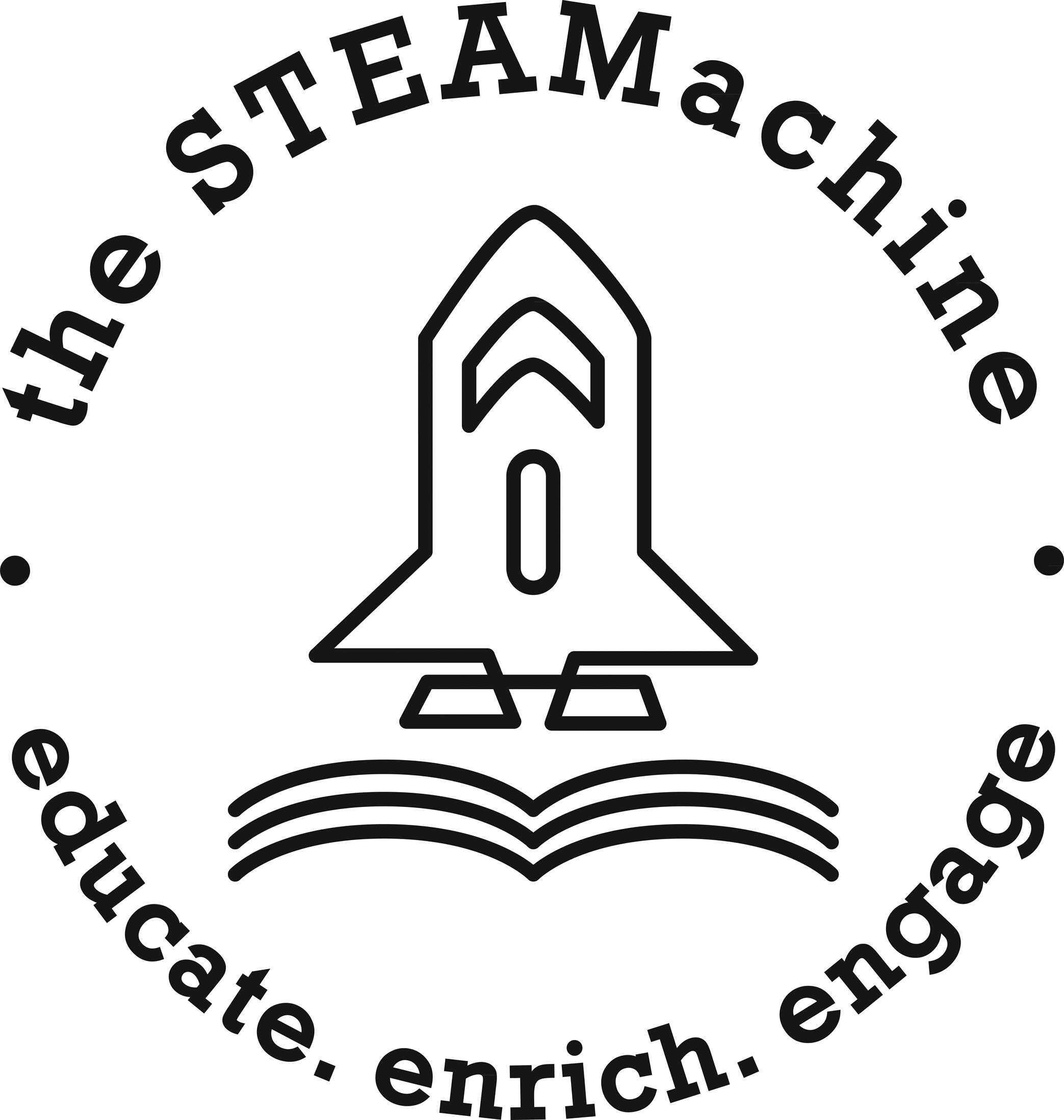Fingerprinting
Are you ready to become a S.H.I.E.L.D Agent? Get ready to use life sciences to document the fingerprints of your family and friends. Take your spying abilities to the next level!
Materials
Corn starch
Black construction paper
Packaging tape or other clear tape
Brush/something soft with bristles
Have a flat surface available to you (preferably a dark colored surface)
Helpful Tips
The oils from your forehead help make your fingerprint more distinct when you place it down so don’t skip this step!
Be very gentle when brushing off the cornstarch or it can wipe away the fingerprint.
Document your entire family on the black paper and keep it!
Procedure
Step 1
Gather your materials.
Step 2
Press your index finger to your forehead for 10 seconds to get some oils on your finger.
Step 3
Now place your finger onto a flat hard surface for about 3 seconds (we like dark-colored plastic plates).
Step 4
Sprinkle some cornstarch over the fingerprint you just placed. Use your brush to remove excess cornstarch.
Step 5
Center your packaging tape over the fingerprint. Ex. The picture to the right
Step 6
Take the tape off the surface and tape it onto the black construction paper to reveal your fingerprint!
Science Explanation
Kingergarten - 2nd Grade . . .
- Look at your finger. What does it look like? What does it feel like? What do you observe?
- Look at the surface you chose to place your fingerprint. What do you observe? How is it different or similar to your finger?
- Keep observing the materials you are using for this experiment. What do you notice about how they look? How do they feel? How are these materials similar and different? Think about color, texture, hardness, and flexibility.
- The bumpy ridges on our fingers and toes help us grip things better! If our fingers and toes were smooth, it would be hard to hold on to things and walk without slipping all over the place!
- All humans (even twins!) have different fingerprint patterns. So, fingerprnts are very helpful for detectives (and Agents of SHIELD) to indentify people.
- 2-PS1-1
3rd - 5th Grade . . .
- Look at the materials you are using to collect your fingerprint. What do they look like? What do they feel like? Think about color, hardness and reflectivity. Something is reflective if you can see your reflection in it, kind of like a mirror.
- What is similar about these materials? What is different? How do the materials compare to your fingertip?
- The bumpy ridges on our fingers and toes increase the surface area of our skin with the things we touch and pick up. More surface area means more friction, so we can grip things better! If our fingers and toes were smooth, it would be hard to hold on to things and walk without slipping all over the place!
- All humans (even twins!) have different fingerprint patterns. So, fingerprnts are very helpful for detectives (and Agents of SHIELD!) to indentify people.
- 5-PS1-3
6th - 8th Grade . . .
- The surface of our skin is made up of millions of individual cells called epithelial cells.
- In fact, the skin is the largest organ of the human body! It is a complex network of cells, tissues, blood vessels, fat, proteins, glands, and nerves.
- The bumps and ridges on our fingers and toes increase the surface area of our skin with the things we touch and pick up. The greater the surface area between two surfaces, the greater the friction. The greater the friction, the less likely the two surfaces are to slip past one another. If our fingers and toes were smooth, it would be hard to hold on to things and walk without slipping all over the place!
- All humans (even twins!) have different fingerprint patterns. So, fingerprnts are very helpful for detectives (and Agents of SHIELD) to indentify people.
- MS-LS1-3
Written by Julia Wang and Mikayla Vu






